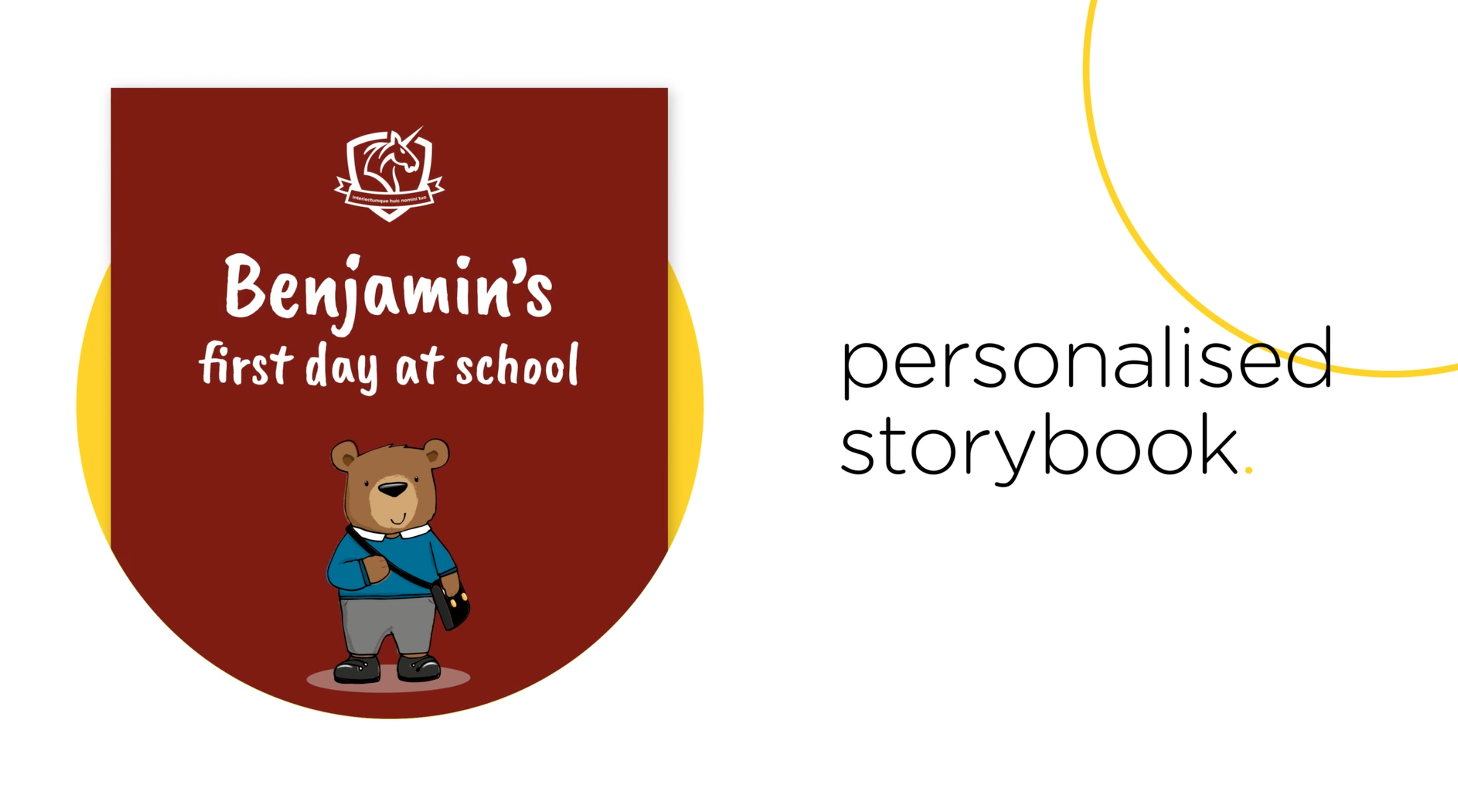What makes us ‘like’ a brand or product? How do we choose one brand over another? Why do we keep buying certain brands?
Turns out we all make decisions in a similar way, just not in the way you may think. As humans, part of what defines us as ‘evolved’ when compared to animals, is our ability to think logically and rationally. But you may be surprised to learn that in most situations, our brains do not act in that way at all.
The brain’s instinctive mode is to work intuitively and quickly and to rely on mental shortcuts wherever possible. Key behavioural science research can help us understand how brains react to information, and that in turn can help us figure out what really works when it comes to creating effective marketing.
The Evolving Brain
Compared to our Ice Age ancestors, you may think that our brains have evolved to function at a much higher level of thinking.
As it turns out, not so much has changed in the ‘way‘ we think at all.
Ice Age humans made life or death decisions every day. Making the right decision quickly is what ensured survival – where to take shelter when to run or fight etc.
Fast forward to today and although we think we think about choices, in reality, we actually think a lot less. Our brain doesn’t like to think that much. It likes to propose intuitive answers to problems as and when they arise. Behavioural science has identified that the brain tends to work through a process of associative memory. It constantly finds connections between words, images, feelings, actions and memories to build a way to interpret experiences. It’s the mental equivalent to jumping to a conclusion.
When our brain needs more time to consider something, it uses the deliberate, logical part of the mind. But this requires more energy.
Modern psychology has given us names for the two ways humans make decisions. They are called System 1 and System 2.
What is System 1 and System 2 thinking?
System 1 thinking is the brain’s fast, automatic approach guided by our emotions and feelings. It assesses the situation and delivers updates, and makes up 98% of all our thinking. Other mental activities become fast and automatic through prolonged practice.
System 2 thinking is a more critical type of thinking. Usually, System 2 thinking is activated when we do something that doesn’t come naturally to us and requires some type of conscious mental effort. It’s the type of thinking required for problem solving and analysis. This type of thinking seeks new information and makes 2% of all our thinking.
Daniel Kahneman, the author of Thinking Fast and Slow, demonstrates System 2 thinking as:
“Thinking is to humans as swimming is to cats; they can do it, but they’d prefer not to.” Daniel Kahneman.
How do you think you think?
Although we may consider ourselves as System 2 thinkers, we actually spend almost all of our daily lives engaged in System 1 (fast thinking) – it governs most of our decisions and is in charge. However, it’s a dual system and when we encounter something unexpected or are faced with a situation we need to evaluate, we engage System 2 thinking.
Both systems work together, but the majority of the time System 1 ‘calls the shots’ and occasionally asks System 2 to intervene.
Why is the ‘way’ we think so important in marketing?
The way System 1 thinking works can help marketers think like their customers. Humans always engage System 1 first (without thinking) and all decision making involves it. It’s therefore very powerful and influential and uses processes or mental short-cuts that help us think fast. These processes include experience and emotion.
Experience
If we experience something repeatedly, we are able to recall the event and the associated information more quickly, than if we had experienced the same situation only once or twice. We use our memories to select the best response to a situation from our past experiences. This is vital in our ability to make choices quickly.
Emotion
Emotions are essential to our decision-making process. With experience we recall information, but it’s the way we feel (emotions) that allows us to make judgements. Psychologist Paul Ekman identified that all humans share a set of seven core emotions that we express and can recognise as facial expressions; happiness, surprise, contempt, sadness, fear, disgust and anger.
Our human evolution has depended on this common, non-verbal language of communication. If something makes us feel happy our System 1 decides that it’s most likely a good thing. A positive emotion (happiness) leads to a positive connection or association, of a choice.
How Experience and Emotion Can Be Used in Education Marketing
At Unify Schools, we have just released personalised nursery books, to help young children transition easier into school. Featuring the child’s name plus a character wearing their uniform, the aim of these books is to help children become more familiar and develop a positive response to starting nursery when the time comes.
When the first day of school rolls around, System 1 thinking kicks in as they are already familiar with the thought of starting a new school. There is no need for System 2 thinking when analysing the situation.
Emotion and experience also have important parts to play in this important milestone. By reading the book every night before bed, the thought of going to school becomes a repeat experience, and the feeling of joy and happiness the story tells, brings about a positive feeling.


Concluding Remarks
Ultimately, if you’re involved in education marketing, communicating with parents, or building your school’s brands, it’s a good idea to focus primarily on the way we all think, all the time. This is System 1 thinking.
For greater long-term brand success, create positive emotions, which will, in turn, lead to positive outcomes and actions. The more we feel, the more we buy into.
Make your schools brand easily recognised. Be distinctive and consistent, think brand assets such as logos, colour theme, strapline etc.
If you’d like to find out more about our nursery books for your school, click here.

